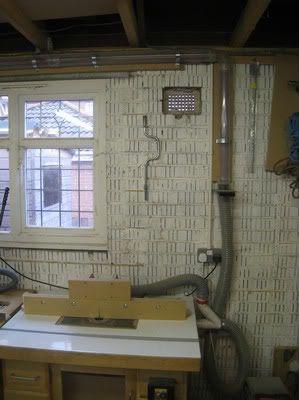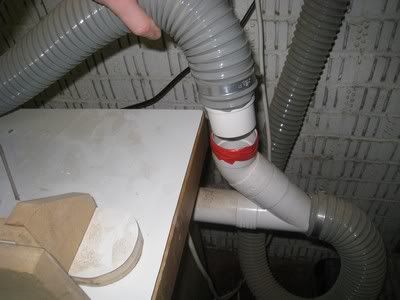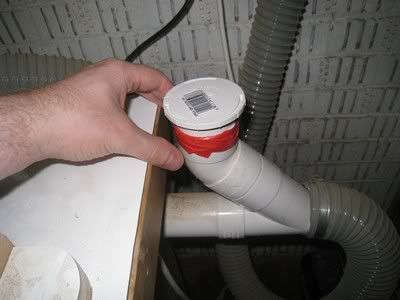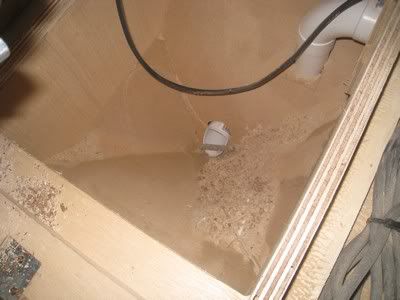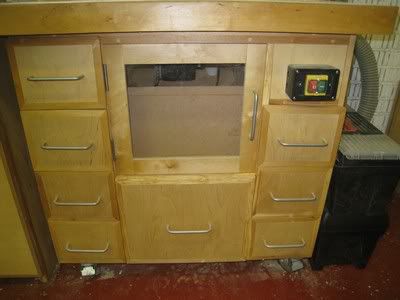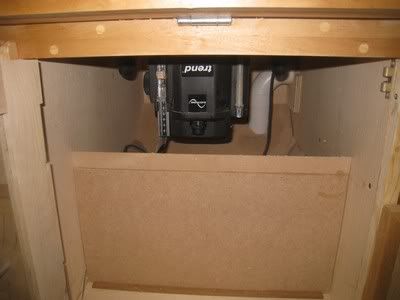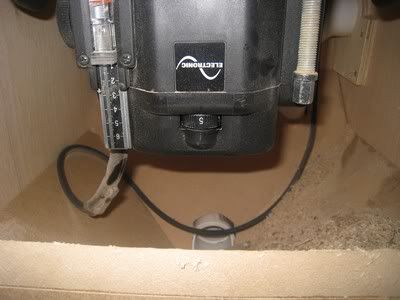p111dom
Established Member
I agree, the supplied handle is just a short straight with a plastic cross on the top and you're right that its a bit of a pain. I've just been looking in the current Trend calalogue and the fast winder isn't there so either I've imagined it or they had stopped doing it. Probably becasue it's just a standard winder, 3/8" extension with a long socket on the end. It's taking no strain so any crappy brand would do and I guess that's what most people did so they didn't sell any of the overpriced Trend ones.
Granted it would be nice if the collet came up high but I believe the Triton is unique in this feature. Even the latest Festool doesn't do it. In the end when I had to choose which one, it was the ability to adjust easily and accurately from the top that won it for me especially as in my table I wanted the router set well back to give plenty of room infront of the bit for work piece support. Opening the door to reach in and wind up the Triton would be a pain. Mine works the other way around. I wind the bit down quickly, about 5 revolutions to make the collet easier to reach when the top is tilted. If it's slower than the Triton it's not my much and when I do take the router out of the table for the jobs my T5 can't handle, it's a much better hand held proposition obviously only IMO.
To be fair at the time when I made the choise the Triton only seemed to be available from B&Q. I notice D&M are selling it now which coincidentally is where I bought the T11 from. The biggest down side was the availability of local servicing and replacement parts so basically I looked at it, tried it, didn't like it and moved on. I recall thinking it was quirky but not quality or at least that how it felt. Again just my opinion.
Granted it would be nice if the collet came up high but I believe the Triton is unique in this feature. Even the latest Festool doesn't do it. In the end when I had to choose which one, it was the ability to adjust easily and accurately from the top that won it for me especially as in my table I wanted the router set well back to give plenty of room infront of the bit for work piece support. Opening the door to reach in and wind up the Triton would be a pain. Mine works the other way around. I wind the bit down quickly, about 5 revolutions to make the collet easier to reach when the top is tilted. If it's slower than the Triton it's not my much and when I do take the router out of the table for the jobs my T5 can't handle, it's a much better hand held proposition obviously only IMO.
To be fair at the time when I made the choise the Triton only seemed to be available from B&Q. I notice D&M are selling it now which coincidentally is where I bought the T11 from. The biggest down side was the availability of local servicing and replacement parts so basically I looked at it, tried it, didn't like it and moved on. I recall thinking it was quirky but not quality or at least that how it felt. Again just my opinion.


































